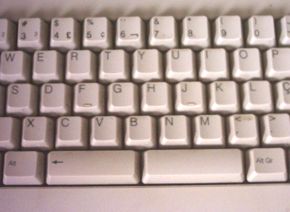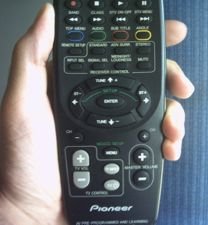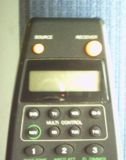Last year, when I was traveling from Juiz de Fora to São Paulo on an old COMETA* bus, I took the following picture:

It shows an overhead console. Each seat has a console like that. The function of the black switches are to turn lights on/off. But what is the red switch for?
Firstly, I thought that it was a kind of “call button”. This kind of button is used to call the bus-attendant to come to my seat.
It also could be a button used to inform the driver that I want to get off the bus at the next bus stop.
In both cases, the switch should move back to the original position after it was pushed, otherwise the driver and his assistant would be warned uninterruptedly.
If my supposition is true, I’ve found the first design mistake: it should be a button instead of a switch.
As there was no attendant on the bus, and we were on a highway, I imagined that this red switch could have some other function. But what function could it have?
I wouldn’t try it unless I knew its function.
So, I convinced myself that this switch shouldn't be switched. I heard a mysterious voice in my mind: "don't press the red button!" That sounded like the right thing to do. After all, the color red usually represents danger. All red buttons that I know, such as the REC button on my VCR or the hang up button on my cell phone, should only be pressed if I’m sure about that. Otherwise, I can erase my favorite movie or finish an important call unexpectedly. Red buttons can also be used to launch nuclear missiles and start wars. So, the switch that is over my head may be an emergency break or an ejection seat button.
In the end, I agreed with the voice and I didn't try the switch. Does anyone know what that f**k switch is used for? Anyone?
* COMETA is the name of a traditional transportation company in Brazil. See picture below.










